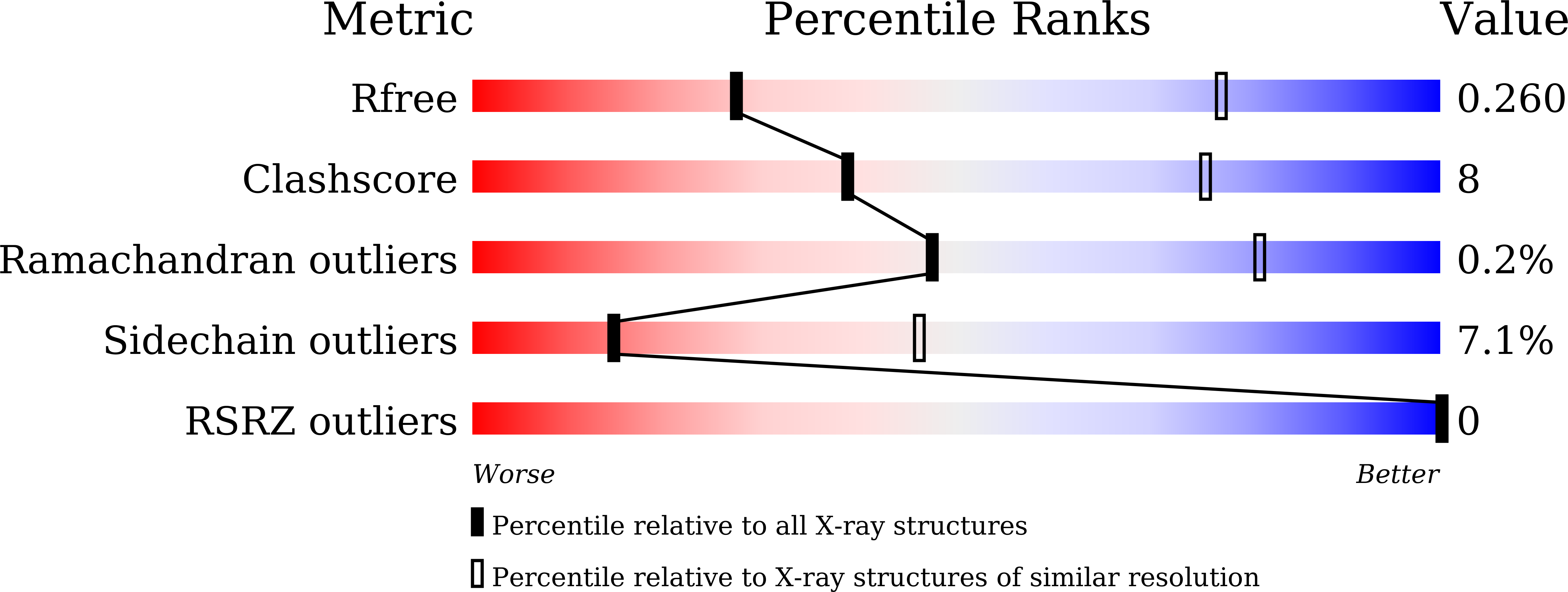
Deposition Date
2023-04-21
Release Date
2024-02-28
Last Version Date
2024-02-28
Entry Detail
PDB ID:
8J56
Keywords:
Title:
Crystal structure of the FlhDC complex from Cupriavidus necator
Biological Source:
Source Organism:
Cupriavidus necator (Taxon ID: 106590)
Host Organism:
Method Details:
Experimental Method:
Resolution:
3.50 Å
R-Value Free:
0.26
R-Value Work:
0.22
R-Value Observed:
0.22
Space Group:
P 32 2 1


